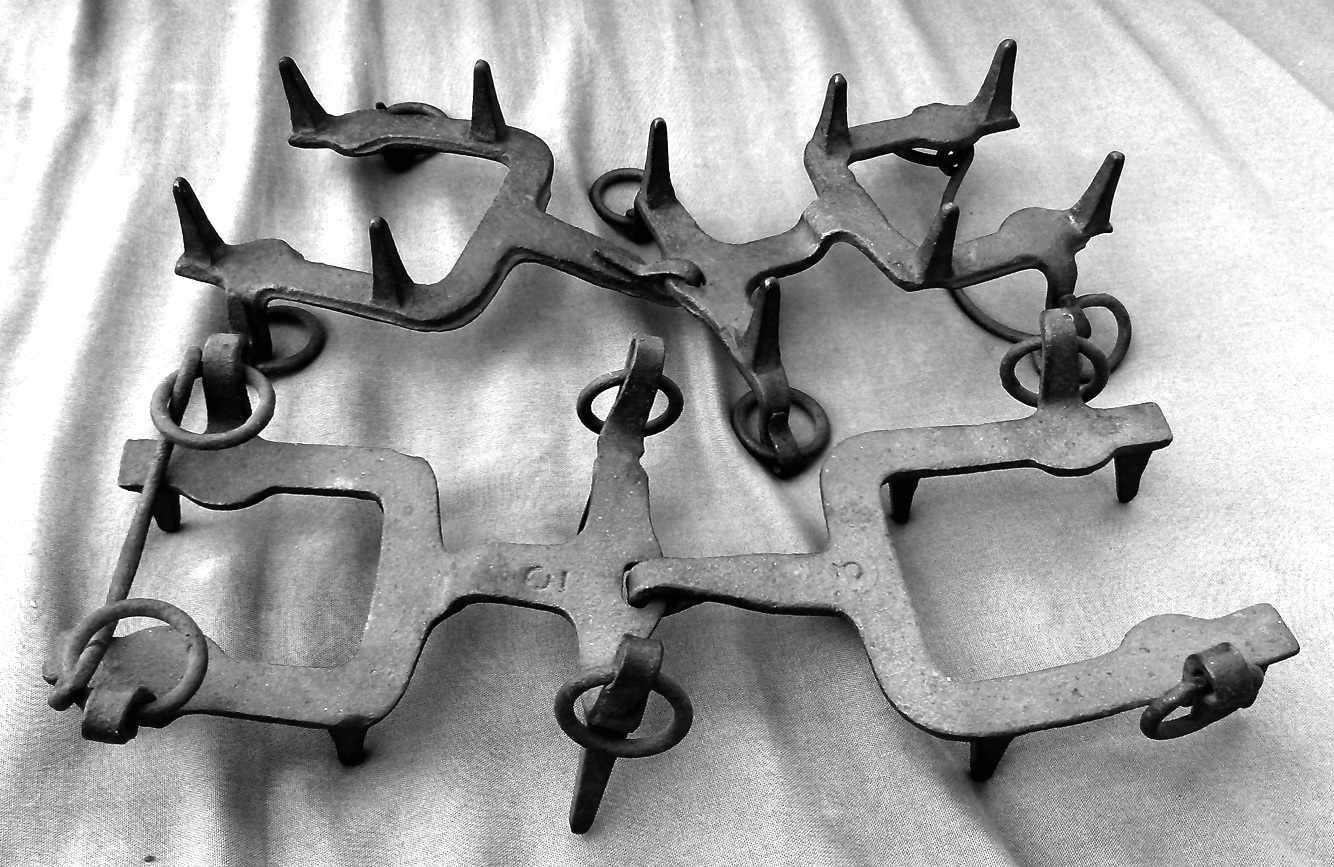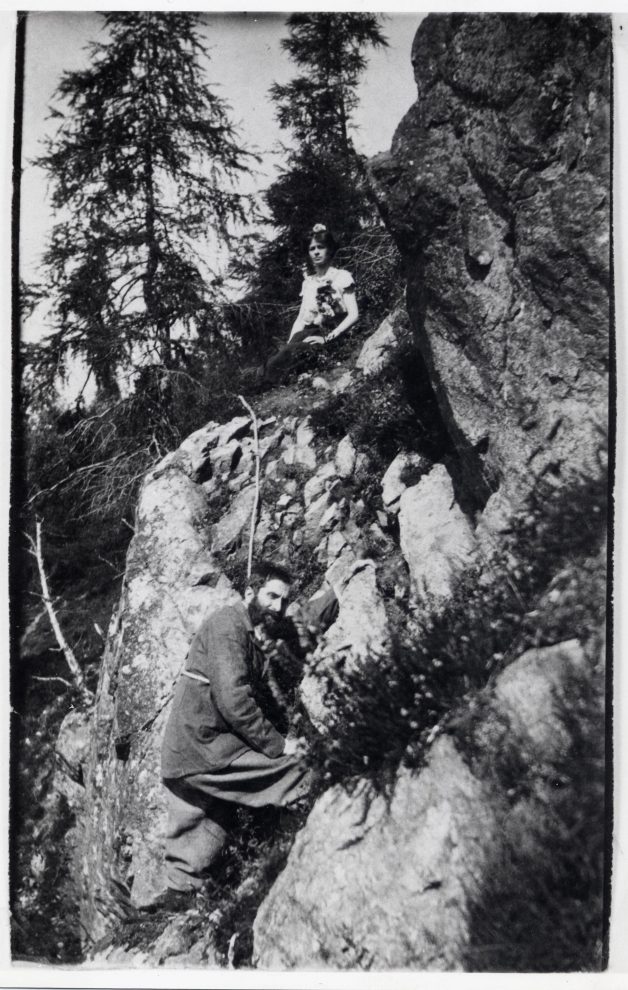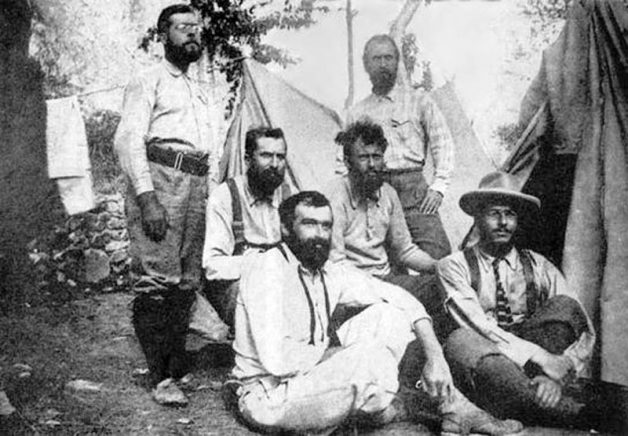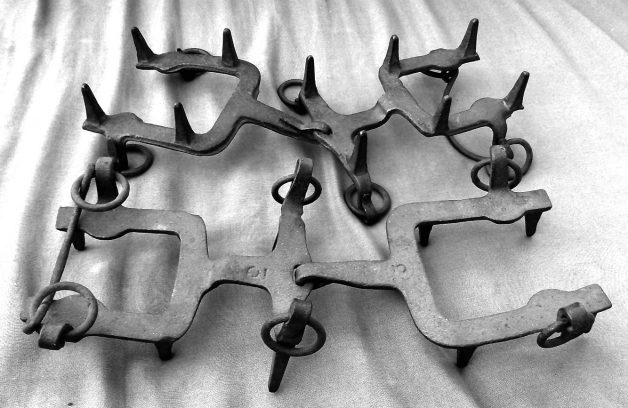Born on September 9th, in 1859 was one Oscar Eckenstein.
The sixth of seven children, Eckenstein studied chemistry in college and went on to work as railway engineer but his real passion was mountain climbing and is best known as an innovative climber whose greatest contributions to the sport were his inventions and his climbing techniques.
He was the inventor of the modern crampon and the first to develop a shorter ice axe. Both of which made climbing ice dramatically more efficient and safer and though having evolved some, these are still in use today.
Crowley and Eckenstein met in the late 1800’s and he immediately recognized the young Crowley’s potential as a climber and took him under his wing. Like Crowley, he was an admirer of the works of Sir Richard Francis Burton who Crowley would later canonize a saint of the EGC. In his collected works Crowley wrote, “Sir Richard Burton was my hero and Eckenstein his modern representative.”
Eckenstein, with Crowley’s support, lead the first serious attempt to climb K2 in 1902, the second tallest peak in the world. Crowley served as his right arm man during the expedition, even stepping in to lead the team for a few weeks when Eckenstein had to leave for Kashmir to face trumped up charges related to espionage which was likely instigated by a competitor of theirs which did not want to see the expedition succeed. Though ultimately failing to reach the top the team achieved the then record of the greatest number of days spent on a glacier and at that altitude.
Further, Crowley considered Eckenstein to be an adept and a mentor who would train Crowley not only on the techniques of mountain climbing but also on the techniques of concentration which he developed specifically for him. Crowley described this training which he received while the two were climbing together in Mexico in his “Confessions”: I was to practice visualizing simple objects; and when I had succeeded in keeping these fairly steady, to try moving objects, such as a pendulum. … There were also practices in which I had to imagine certain sounds, scents, tastes, and tactile sensations. Having covered this ground-work to his satisfaction, he allowed me to begin to visualize human figures. … I practiced these things with great assiduity; in fact, Eckenstein put the brake on. One must not over-strain the mind. Under his careful tuition, I obtained great success. There is no doubt that these months of steady scientific work, unspoiled by my romantic fancies, laid the basis of a sound magical and mystic technique. Eckenstein evidently understood what I was later to learn from The Book of the Law: “For pure will, unassuaged of purpose, delivered from the lust of result, is every way perfect”. (p.212-213)
For his efforts Crowley dedicated book one of Orpheus to Eckenstein and praised him his entire life calling him the greatest climber of his age, which is not an exaggeration.
For more details on Eckenstein’s innovations and the source for the image of his Crampon see — https://www.alexroddie.com/2012/12/oscar-eckenstein-first-true-innovator.html




